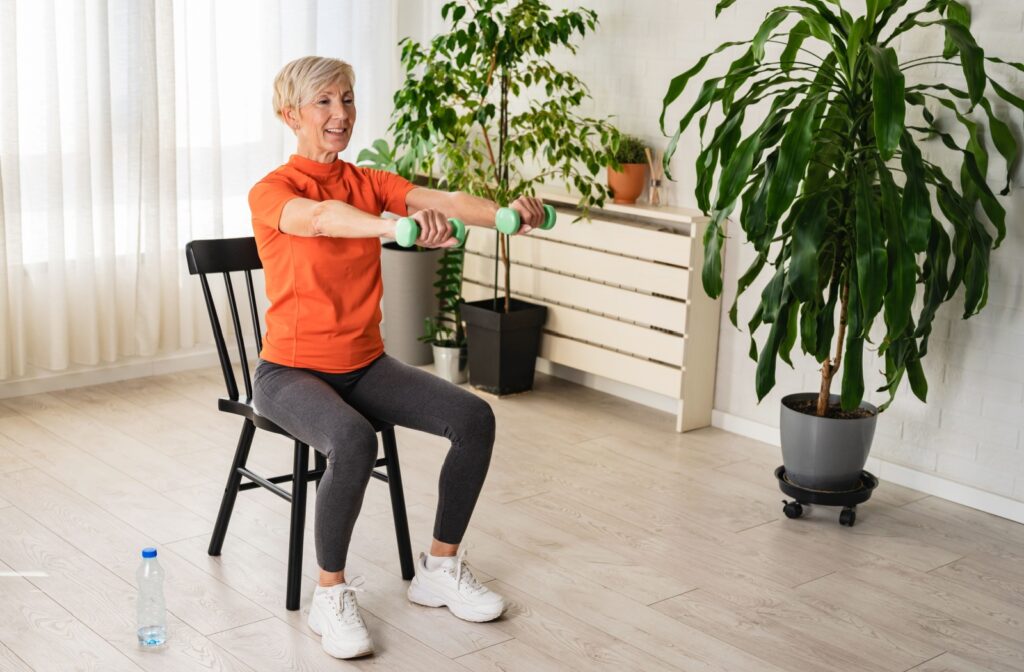What Services Does Assisted Living Include?
Choosing assisted living for yourself or a loved one is a significant life decision. Understanding the services offered can help ease concerns and ensure you make an informed choice. Assisted living provides personalized support with daily activities, medication management, and housekeeping, while promoting social connections and fostering independence.
These communities bridge the gap between independent living and more complex care, offering a safe and supportive environment that enhances quality of life and provides peace of mind for families with professional care and a wide range of amenities.
What’s Included in Assisted Living?
Assisted living offers a supportive environment where older adults can receive the care they need while maintaining independence. It’s designed to make daily life easier and more enjoyable.
Here’s what assisted living typically includes:
- Personal Care Assistance: Assistance with daily activities, including bathing, dressing, medication management, and mobility.
- Housing & Maintenance: Services like housekeeping, laundry, utilities, and upkeep of living spaces.
- 24/7 Emergency Response: Most communities provide around-the-clock support for peace of mind.
- Transportation & Healthcare: Assistance with medical appointments, shopping trips, wellness programs, and coordinated healthcare services.
- Social Activities: Opportunities for engagement through recreational events, group activities, and community involvement.
Assisted living is all about flexibility—residents receive the support they need while maintaining independence in other areas of their lives. It’s a balanced approach to care and autonomy.
What Does a Day in Assisted Living Look Like?
Assisted living offers support while allowing residents to maintain their independence. Here’s a look at what a day could look like:
- Morning Support: Assistance with dressing and medication administration, followed by breakfast in the dining room.
- Engaging Activities: Options include fitness classes, educational programs, or social events.
- Afternoon Fun: Residents can enjoy outings, crafts, games, or relax with friends.
- Evening Entertainment: Dinner is followed by movie nights or live music.
- Ongoing Support: Staff are available throughout the day to assist, respecting individual personal routines.
This structure fosters community and purpose, allowing residents to enjoy their lifestyles.
Assisted Living at NorBella Prior Lake: Care, Dining, Activities & More
At NorBella Prior Lake, our assisted living services are thoughtfully designed to strike a balance between personalized care and opportunities for engagement and enjoyment. From daily support to enriching activities, we strive to create a warm, welcoming environment where residents can thrive.
Daily Services
Norbella Prior Lake provides comprehensive daily support tailored to each resident’s needs. Our trained staff assists with personal care, medication management, and mobility support, while promoting independence and dignity. Housekeeping and laundry services ensure comfortable, well-maintained living spaces.
Dining
Our culinary team prepares nutritious, restaurant-quality meals served in an elegant dining room setting. Special dietary needs are accommodated, and flexible meal times allow residents to dine at their convenience. Snacks and beverages are available throughout the day.
Community Life
Rich programming includes fitness classes, educational seminars, arts and crafts, live entertainment, and social gatherings. Our activities calendar ensures there’s always something engaging happening, from book clubs to holiday celebrations.
Convenient Amenities
Residents enjoy amenities like comfortable common areas for socializing and relaxation. Transportation services offer access to medical appointments, shopping trips, and community outings, enabling residents to stay connected to the broader community.
Engaging Outdoor Spaces
Our community boasts beautiful outdoor areas where residents can enjoy fresh air, engage in gardening activities, and experience peaceful moments in nature. These spaces provide opportunities for outdoor dining, social gatherings, and quiet reflection.
What Does Assisted Living Cost & What’s Covered?

Assisted living costs can vary widely depending on location, the level of care required, and the services offered. Understanding how pricing works can help families plan effectively and ensure they’re only paying for what they need. Here’s a breakdown of the key aspects:
- What’s Typically Included: Basic fees usually cover housing, utilities, meals, housekeeping, support for daily living, and standard activities.
- Additional Services: Communities with beauty salons, barber shops, and other similar amenities may charge additional fees for their use.
- Flexible Pricing: Many communities utilize tiered pricing structures, enabling families to pay only for the services they need.
- Financial Options: Long-term care insurance is often accepted, and many communities offer assistance in exploring financial options.
Be sure to ask for a detailed cost breakdown to fully understand what’s included in the base rate and what services require additional fees. This transparency will help you make an informed decision.
Making the Right Choice for Your Family
At NorBella Prior Lake, we know that understanding what services are included in assisted living helps families make informed decisions about care options. The goal is to find a community that provides the right level of support while preserving independence and quality of life.
When evaluating communities, ask specific questions about daily services, emergency procedures, and care philosophy. Visit during different times of day to observe daily routines and speak with current residents and their families about their experiences.Contact us today to learn how we can help support your family and relieve your loved ones of life’s responsibilities to free them up to enjoy life.





